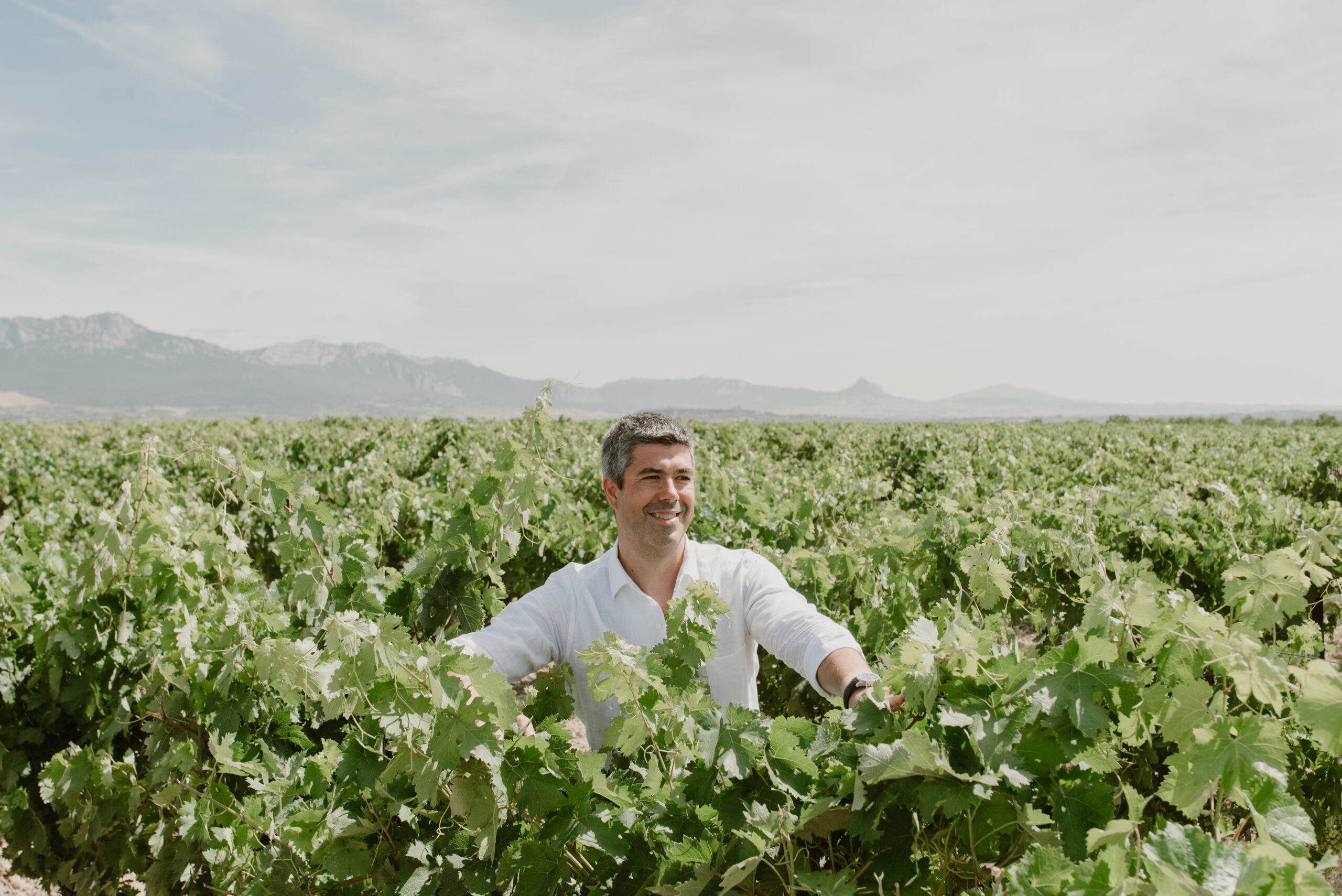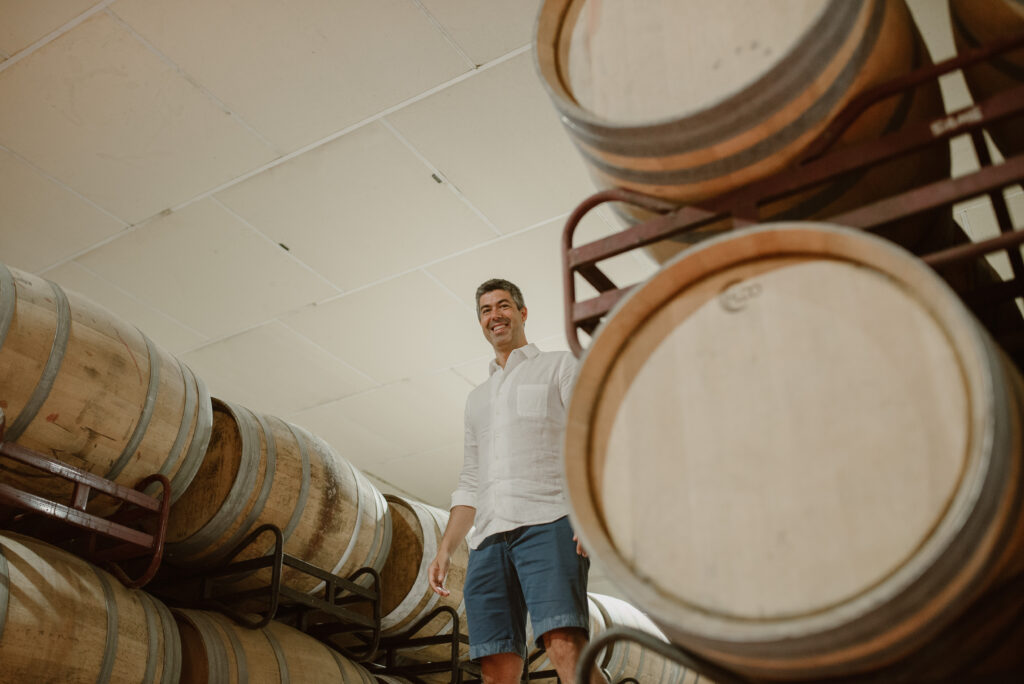Interview with Javier Murúa: CEO of Bodegas Muriel

“We Are Defined by Winemaking Tradition and a Cosmopolitan Spirit”
Javier Murúa, CEO of Bodegas Muriel, explains the added value they bring to each wine and their penetration in both national and increasingly demanding international markets.
Three generations dedicated to winemaking are the calling card of Bodegas Muriel, currently led by CEO Javier Murúa. Know-how, experience, and the environment where the vineyards are located shape the quality of their wines, which enjoy a particularly strong market in Gipuzkoa.
What are the defining traits of Bodegas Muriel?
We are defined by a winemaking tradition and a cosmopolitan spirit — by our roots and our innovation, by the vineyard and the world beyond.
Rioja Alavesa is your starting point. What does this winemaking region offer you?
We have nearly 100 hectares of our own vineyards here, of which 80% are either certified organic or in the process of conversion. However, the region’s small-scale farming structure (minifundismo) poses a challenge to this goal.
You mention 100 hectares, but you also work with other growers, which expands that figure, doesn’t it?
That’s right. We have long-term agreements with growers in Elciego and Rioja Alavesa, which add another 200 hectares to our production potential.
One of your distinctive features is the use of old vines and the ‘field blend’ concept. Can you explain what that means?
We have 60 hectares of vines over 50 years old and 17 hectares over 100 years old, which allow us to grow multiple grape varieties in the same plot. In our case, we harvest mazuelo, garnacha tinta, and graciano together.
But those aren’t your main grapes, are they?
No. Our main red variety is tempranillo. Among whites, viura takes the lead, although malvasía, garnacha blanca and tempranillo blanco also play important roles.
How would you define the white wines you produce with that range of white grape varieties?
In our white wines, we focus on freshness, the minerality that viura brings, and the aromatic intensity of tempranillo blanco.
The classification of red wines is also key in Rioja. What grape origins do Bodegas Muriel associate with each category?
For Crianza wines, we use grapes from Rioja Alavesa; for Reserva, grapes from the plateau and hillsides of Elciego; and for Gran Reserva, grapes from vines over 50 years old.
One of your flagship wines is the Muriel Crianza Rioja Alavesa. What stands out about it?
Its harvest, which is mostly manual. Also, its fermentation, which lasts 15 days in stainless steel tanks. But especially its ageing: 12 months in oak barrels followed by another 12 months in bottle. It’s a wine that comes from vineyards located in and around Elciego.
Another must-have is the Muriel Reserva Vino de Elciego. What makes it so special?
It’s not only a Reserva, but also a Village Wine — it comes from Elciego. The complexity of combining all the different soils in Elciego and their individual contributions, along with the local climate influences, result in a wine that is structured and expressive.
One bottle that’s essential for any good cellar is the one commemorating Real Sociedad’s Champions League campaign, with a label featuring the crests of the four group-stage teams…
It’s a limited edition of the 2018 Reserva, created for end consumers. A unique memento of a unique season. An excellent balance of minerality, fruitiness, and acidity, combined with cellar ageing, defines this wine.
Bodegas Muriel has found in Gipuzkoa a key market for many of its wines. What is your relationship with the region and its gastronomic sector?
Gipuzkoa is synonymous with high gastronomy, and Bodegas Muriel is focused on showcasing the virtues of the Rioja Alavesa and Elciego terroirs.



